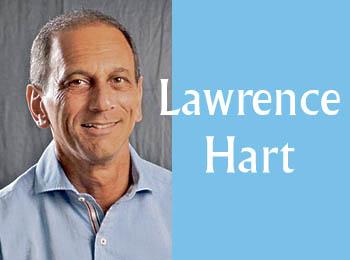In a recent article (reprinted in The CJN on June 21), Britain’s Chief Rabbi Jonathan Sacks, eruditely synthesized what he describes as the seven principles of Jewish leadership. While his remarks, in their original articulation, were primarily intended to mark the 20th anniversary of a leadership program for young professionals in the United Kingdom’s Jewish community, their relevance stretches well beyond the chief rabbi’s home base.
His briefing, in its entirety, could be regarded as core content for any organization that aspires to genuinely, creatively and inclusively serve the best interests of its supporters. But perhaps even more important than his broader concepts are some highly perceptive kernels of advice, expressed almost as clichés, that encapsulate the very essence of informed, constructive communal leadership.
He stresses, for example, that “leadership is teamsmanship,” that “before you can lead, you must have a vision of the future and be able to communicate it,” that leaders (should) study more than others because “study makes the difference between the statesman and the politician, between the transformative leader and the manager,” that “the highest form of leadership (in Judaism) is teaching,” with the corollary that “power begets followers; teaching creates leaders,” and that we need “to make friends within and beyond the Jewish community, to emphasize the ethical and spiritual dimensions of Judaism… and to find ways of making Jews feel proud to be Jews.”
Sadly, though there are of course exceptions, we see very little of this vibrant brand of leadership within those agencies, both local and national, that claim to represent the “mainstream” of the Canadian Jewish community. Rather than “teamsmanship,” what we have mostly seen over the past several years is the all but complete abdication of influence and responsibility by lay leaders to a select cadre of professional “managers” who have been perceived as mostly trying to solidify their positions and entrench a status quo that tends to be inward looking, less than tolerant of voices that offer different or, heaven forbid, critical viewpoints, and plays to the whims of major donors more than to the priorities of its grassroots constituents.
If one looks objectively at the performance of many of these organizations, it is hard to identify anything approaching the transformative, visionary style that Rabbi Sacks refers to; nor, for the most part, do we see very much in the way of leadership that unequivocally promotes Jewish pride and Jewish ethics and spirituality in all of their complexity and diversity. Also, in deference to what is frequently termed “local needs,” we are seeing, all too often, a relegation of the centrality of Israel and Zionism as the principal focus of community engagement and advocacy.
Given what appears to be the prevailing culture within much of the Canadian Jewish establishment, there is little to suggest that the wise counsel of a Rabbi Sacks will have much influence on the entrenched hierarchies that currently give direction to, and speak on behalf of, Jews across our land. This is most unfortunate since, in the process, segments of a capable older generation with the experience and vision to lead and an inventive younger generation with the energy to lead, are both becoming increasingly alienated.
